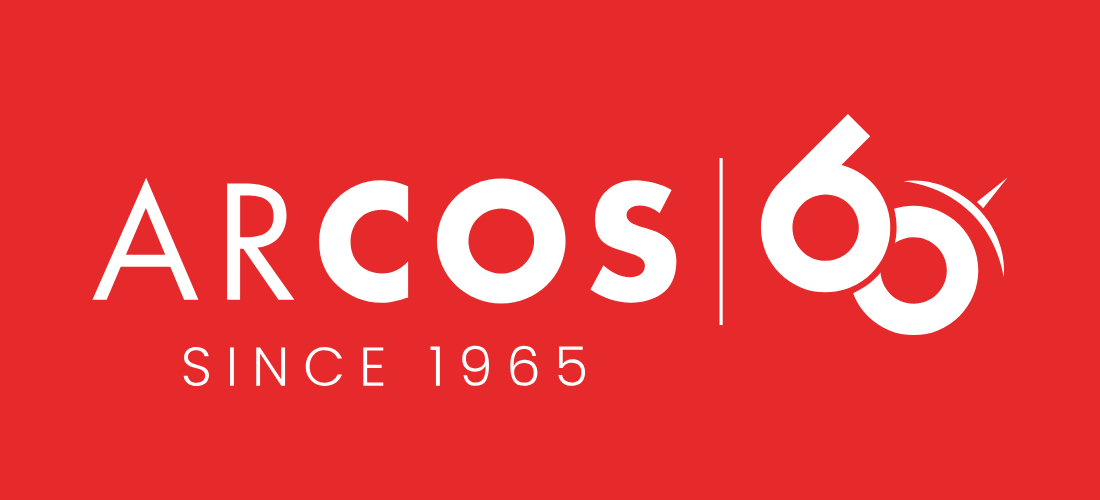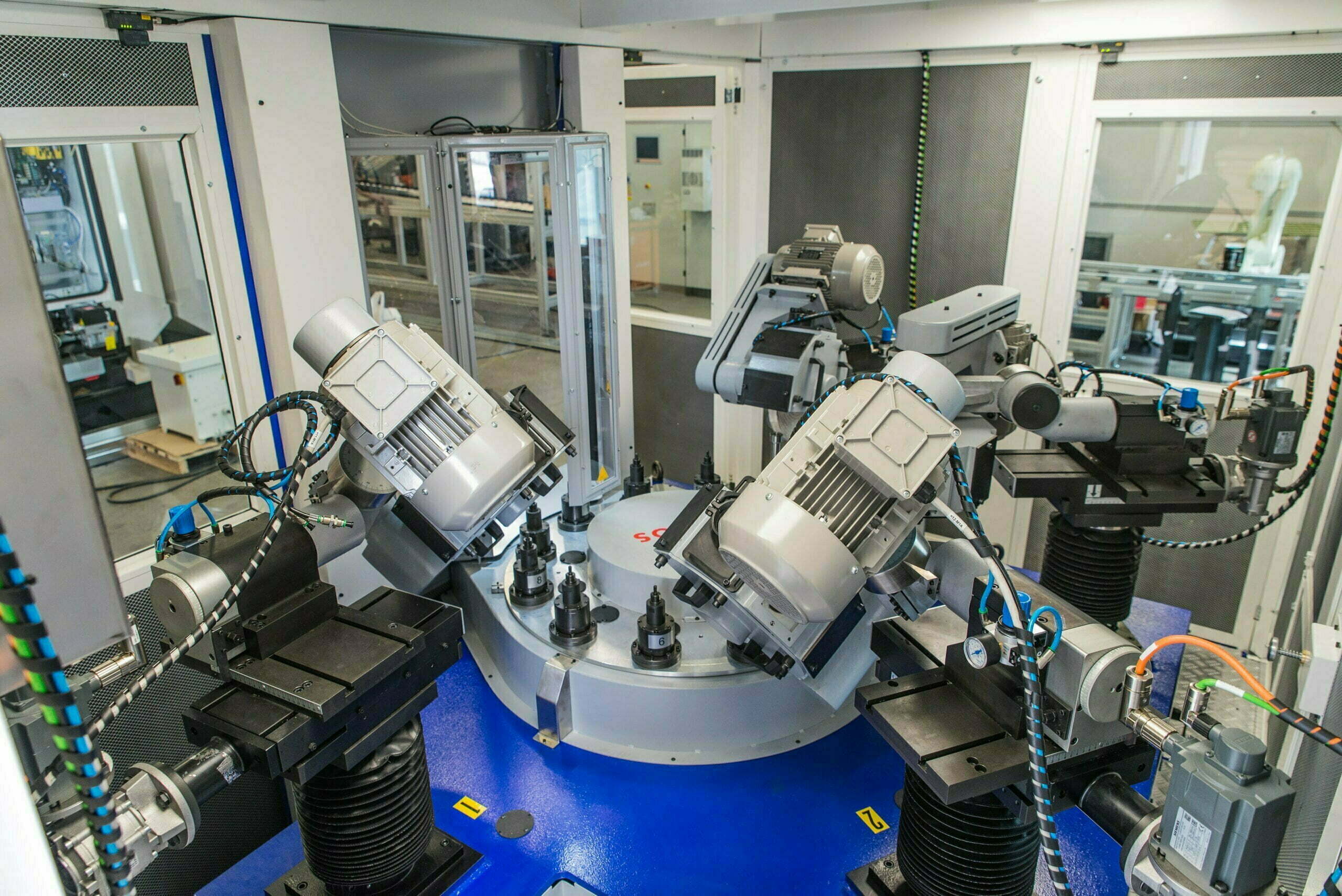Among the most innovative technologies for surface finishing there is undoubtedly the motorized rotary table. This solution has numerous advantages and can be integrated within your machine park with diversified characteristics, based on the type of workpiece and the needs of your business.
What are the characteristics that distinguish it and what concrete benefits can it guarantee? Let’s see it in this study.
Table of Contents
What is a motorized rotary table and how does it work?
The motorized rotary table is part of the family of transfer machines as it is equipped with more than one station and capable of processing more details at the same time. The work units are organized around a rotating table while the piece passes from one station to another thanks to the movement of the carousel, carrying out all the various surface finishing steps up to the finished product.
What advantages does it guarantee you?
There are many advantages that these machines guarantee.
Increase production output and work in masked times
The production output does not coincide with the work cycle time but with the work time relating to the longest operation. In fact, the part moves as the machining is carried out in the various stations: the cadence with which the finished product is obtained does not correspond to the cycle time because there are more pieces machined at the same time. The piece, therefore, comes out completed according to the longest processing and the time is concealed simultaneously with more processing.
Operator or robot: choose according to your needs
The motorized rotary table can work both with the presence of the operator and in the presence of a robot.
Both will go to load and unload the details from the table to put the blank and remove the clean. Obviously, using a robot for machine tending means guaranteeing a different performative quality, allowing it to carry out less stressful activities. While the robot uses the trays to take and deposit the pieces, the operator can take care of turning the piece or carrying out a quality control of the processing performed.
The limit to consider: the geometry of the object
This solution has a main constraint and is linked to the geometry of the piece. In fact, motorized rotary tables are mainly used to carry out cleaning operations, such as polishing and grinding. To carry out these processes quickly and effectively, it is important that the figures to be finished are not too complex. Objects with particular shapes would slow down set up and tooling times, affecting the effectiveness of a process, one of the advantages of which is the reduction of working time.
For this reason the transfers are particularly suitable for those sectors that have shapes that are not too complex to work and therefore avoid this limit linked to geometry.
When is it convenient to use motorized rotary tables?
In addition to the consideration of the geometry of the pieces, these processes are mainly addressed to those companies that have an important number of details to work, such as the sector of fashion details – fashion accessories. These areas are perfectly suited for the use of cleaning transfers such as polishing and grinding: the cleaning of the detail concerns simple and small figures such as buckles, waste pipes or belt carabiners. The transfer solution in these cases is ideal because the continuity required by the machine is guaranteed.
All types of transfers: choose the motorized rotary table that best suits your needs
A motorized rotary table can have different characteristics based on the need for machining the piece to be machined. Let’s see the two main features to take into consideration:
1. The movement of the table and the spindle
Based on the relative movement of the pieces in the spindle – the seat on which the parts rest – and in the carousel. In fact, the pieces, in addition to rotating in the carousel, also rotate on themselves in such a way that the processing takes place homogeneously on the whole piece.
The movement of the table can be continuous or indexed. When to use one or the other?
- Table with continuous movement: the rotation is continuous and without pauses. Perfect solution when all processing phases are balanced as timing. Polishing, for example, has limited time and works optimally with fast passages of the piece.
- Indexed movement table: rotation occurs in jerks and therefore in several phases. Ideal solution for more complex geometries where long and uneven times are required. In this case it is the station with the longest times that dictates the times of all and the movement of the carousel.
2. The cleaning units installed
Another difference to consider is in the cleaning units present. They can be with fixed position units, with positioning axes, with numerically controlled axes or Fanuc axes. The axes are the movements that the unit can perform via HMI – Human Machine Interface.
The HMI is the control panel where the operator can see all the parameters of the machine: the rotation speed of the spindles or around its axis, the state of wear of the brush, the data relating to production, the periodicity of maintenance, the consumption of the abrasive paste, information on safety and possible failures, etc. This is all information that allows the operator to communicate with the machine to perform the processing in the best possible way.
Let’s see in detail the three types of machines:
- Transfer with fixed position unit. They are the simplest tables because they have fixed-position units with manual adjustment: according to the detail, the height of the brush that goes to work the pieces is adjusted. It represents the cheapest solution as the unit is adjusted manually.
- Transfer with positioning axes. Inside the HMI there are recipe books, or pre-installed programs that refer to the pieces to be processed. Whenever there is a need to change the object to be machined, the operator searches for the reference recipe and the axes automatically move into position ready to perform the required operations. Instead of wasting time manually adjusting the units, a simple button is pressed: this solution is preferable when there are several items to be processed.
- Transfer with numerically controlled axes or Fanuc axes. The motors inside the robots are installed in the cleaning unit to make them work in an interpolated manner. The unit is thus programmed with the keyboard, in such a way as to exploit the combination of the Fanuc controller on Fanuc axes, as if we were programming a real cleaning robot: the programmer enters the precise movement to be made and the transfer executes it in automatic. Robots work interpolated: they assume relative positions and develop a path over time. This allows the pieces to be machined following their perfect geometry, for maximum efficiency.
Conclusions
Economical, innovative and efficient solution: with the motorized rotary table the finishing of the surfaces takes place quickly and precisely. Each company can integrate within it the solution that best suits its needs by choosing between: table with continuous or indexed movement and the type of cleaning unit installed.
Are you looking for tailor-made advice for your company? Contact us: Arcos professionals will help you understand which solution is best suited to your pieces.

